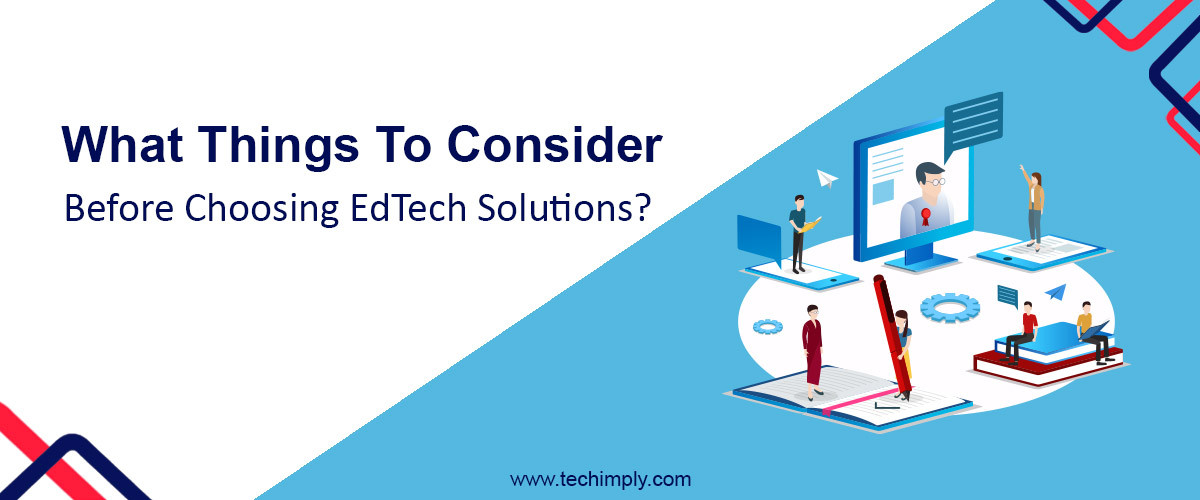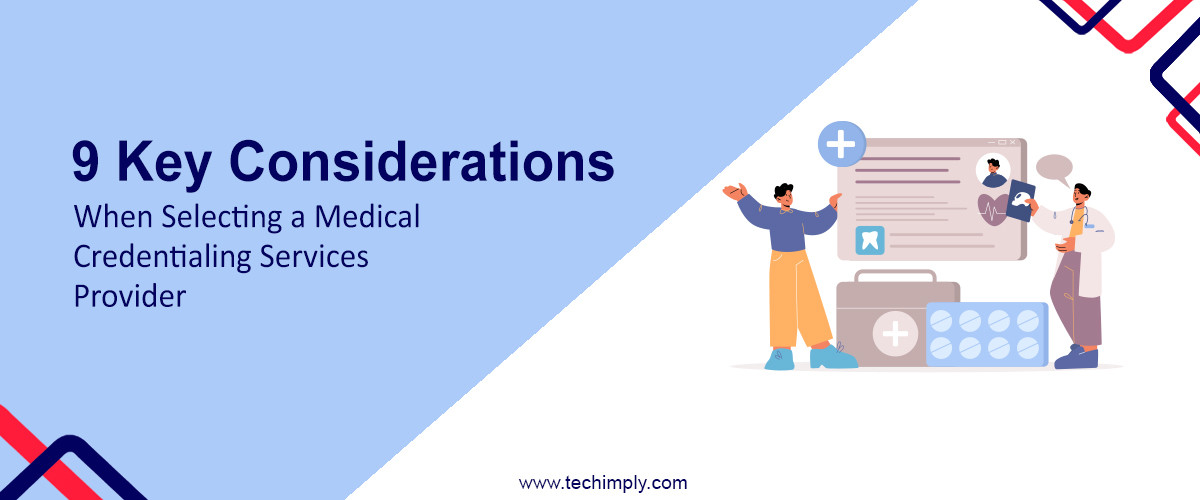In our modern, tech-driven world, the incorporation of technology into classrooms has become imperative. The education sector is experiencing a massive digital transformation, with smart boards, projectors, online learning management software apps, and immersive educational experiences taking centre stage.
EdTech platforms are at the forefront of this revolution, effectively addressing various challenges in delivering quality education. However, with a multitude of options available, choosing the most suitable EdTech platform for a smart classroom has become a complex task. So, what factors should you consider when selecting an EdTech platform? Let's explore.
What Is EdTech Solutions?
EdTech refers to the use of technology to enhance and support education and learning. EdTech solutions encompass a wide range of tools, platforms, and applications that are designed to improve the teaching and learning process.
These solutions can be used in various educational settings, from K–12 schools and higher education institutions to corporate training and lifelong learning environments.
Why Is EdTech Solutions Important?
In the current educational environment, EdTech solutions are revolutionizing the ways in which instructors and students are taught. For example, innovative approaches like using simulations for online driving theory tests significantly enhance the learning experience. By utilising technology to provide dynamic and captivating teaching materials, these solutions provide improved educational opportunities.
They encourage student engagement and critical thinking by simplifying difficult subjects through the use of multimedia, simulations, and gamification. Additionally, EdTech improves accessibility by providing remote learning, which ensures that students may access educational resources from almost anywhere.
This breaks down geographical constraints. This is especially important in today's society, as the ability to study outside of the constraints of a traditional classroom is appreciated more and more.
The customization potential of EdTech is among its greatest advantages. These programmes may modify course material to meet the specific requirements, learning preferences, and rates of each student, resulting in a customised learning environment.
EdTech platforms play a crucial role in providing educators with data-driven insights by gathering and evaluating student performance data. This allows educators to make well-informed decisions, pinpoint areas for growth, and promptly intervene with troubled students.
Additionally, EdTech creates a bridge between global connections and fosters cooperation and information sharing between instructors and students worldwide, advancing a more comprehensive awareness of the world and cross-cultural understanding.
EdTech provides instructors with helpful assistance with administrative duties, class preparation, grading, and content development. By lessening the administrative burden, it enables teachers to spend more time instructing and engaging with their pupils.
Additionally, it promotes creative teaching strategies, allowing for the testing of fresh pedagogical ideas that improve curriculum development and delivery. EdTech promotes lifetime learning by extending education beyond conventional age ranges and encouraging continuous skill and knowledge growth. It assists people in adjusting to the changing needs of the workforce and remaining competitive in a dynamic employment market.
EdTech solutions are long-term and cost-effective, but they must be carefully chosen and implemented to guarantee that they meet standards and goals for education, protect student privacy and data security, and cater to the unique demands of each educational institution and its heterogeneous student body.
EdTech has the potential to develop into a more dynamic, easily accessible, and productive learning environment that will help both students and teachers achieve the information and skills necessary for the twenty-first century.
Essential Considerations For EdTech Platform Integration
-
Accessibility: Learning Beyond Boundaries
Accessibility tops the list of considerations. When opting for educational technology, ensure that it is accessible from anywhere. Online textbooks are increasingly replacing traditional ones, and students now use laptops, tablets, or smartphones to access assignments. Some institutions even provide electronic devices and reliable Wi-Fi networks to their students.
Educators, too, require software that grants them easy access, enabling them to create interactive lesson plans seamlessly, whether they are teaching from home or within a physical classroom. A critical aspect of accessibility is ensuring that the technology functions smoothly even in regions with unreliable internet connectivity. This ensures uninterrupted learning that truly transcends physical boundaries.
-
Alignment With Learning Goals And Standards
The chosen technology must align with your student's learning goals and academic standards. While it's tempting to embrace the latest tech trends, it's crucial not to lose sight of fundamental aspects like learning support and improved instructional methods.
Ask yourself: Does this technology align with our educational standards? Can it support personalised curricula tailored to meet the diverse needs of our students across various subjects?
For instance, social studies classes should be able to incorporate virtual historical field trips into their curriculum. Science departments can immerse students in a virtual solar system for a more engaging learning experience. Moreover, applications that offer 360-degree views of properties can be invaluable for engineering classes.
Furthermore, the education sector is embracing VR and AR technologies, creating virtual spaces where students can interact, take notes, play educational games, and engage in a more immersive learning experience platform software. These technologies are enhancing mathematical and scientific studies, among others.
-
High-Quality, Interactive Content
A successful EdTech platform should offer high-quality, engaging, and interactive content that enhances the learning experience. The content should not merely impart information but should also be designed to facilitate practical learning. Interactivity aids in visualising complex concepts and engages learners in an immersive educational journey. Passive consumption of content is giving way to active, interactive learning experiences.
-
Student Data Privacy And Protection
In today's digital age, student data privacy and protection are of utmost importance. With the increasing role of educational technology, schools must ensure the safety and security of student data.
Select EdTech software that is transparent about its privacy policies, possibly holding an ISO certification. It should prioritise data security and offer robust disaster recovery mechanisms. Implement a solution with user-specific access and permissions to safeguard student privacy.
-
Progress Tracking And Assessment
A proficient EdTech platform should empower educators to track students' progress and assess their understanding of the subject matter. It should enable teachers to monitor student advancement, identify areas for improvement, and provide personalised feedback. Additionally, learners should have the ability to track their own progress and receive feedback on their performance.
-
Collaboration Among Learners
Consider a platform that fosters collaboration among learners. An effective EdTech platform should facilitate communication and collaboration between students and teachers through features like messaging, video conferencing, and discussion forums. While these tools are valuable, they also require high bandwidth and reliable performance.
-
Personalisation: Tailoring Learning To Each Student
Ideally, a top-notch EdTech platform should offer adaptive assessments, personalised recommendations, and customised learning opportunities. It should cater to the unique learning styles and needs of individual students, enhancing the overall educational experience.
Checklist For Choosing New EdTech Tools
- What am I looking for?
- Is the tool user-friendly (both for teachers and students)?
- Does the tool offer various types of activities or just one?
- Is there a content library available?
- Are the activities customizable?
- Does the teacher receive the students' answers?
- Does the tool support students with extra needs?
- Is the tool integrated into my school's LMS?
- Does the tool allow content integration from other tools like YouTube, GeoGebra, Google Slides, and more?
- Can my existing worksheets and exercises be imported?
- Can the teacher's content and student results be exported?
- Is the tool available in different languages?
- Is the tool for synchronous or asynchronous learning, or both?
- How does the tool support new users?
- Can I join an active community of users?
- Are teachers' and students' data protected appropriately?
- How much does it cost?
Conclusion
Technology in education is no longer a luxury but a necessity. When choosing an EdTech platform, carefully consider these factors to ensure that it aligns with your educational goals, provides accessible and interactive content, safeguards student data, and promotes collaboration and personalisation. Embracing technology in education is not just about keeping up with the times; it's about enhancing the learning journey for every student. A great example of such a platform is "EXTRAMARKS".






